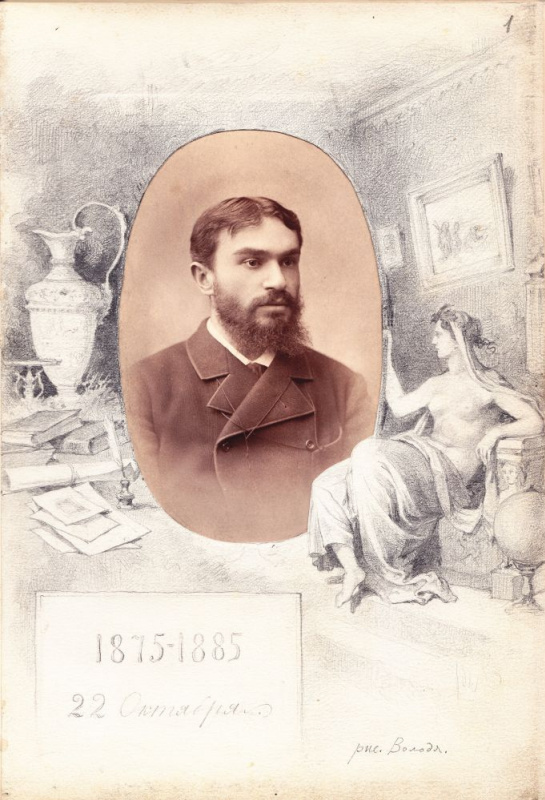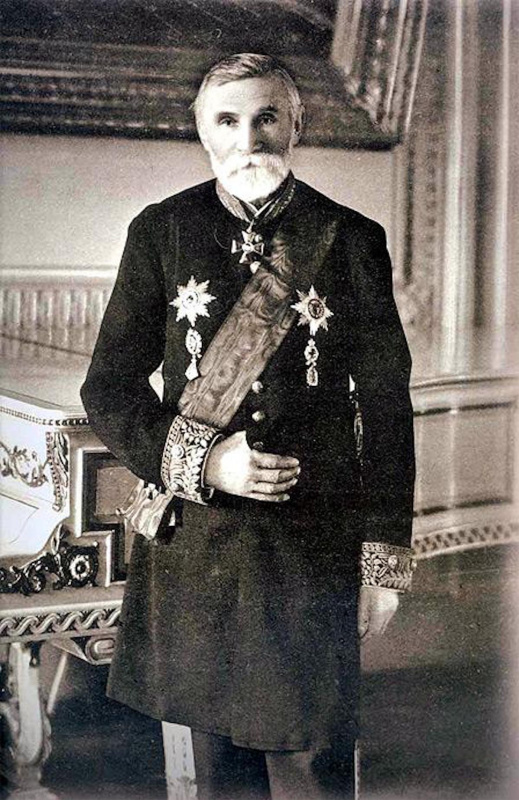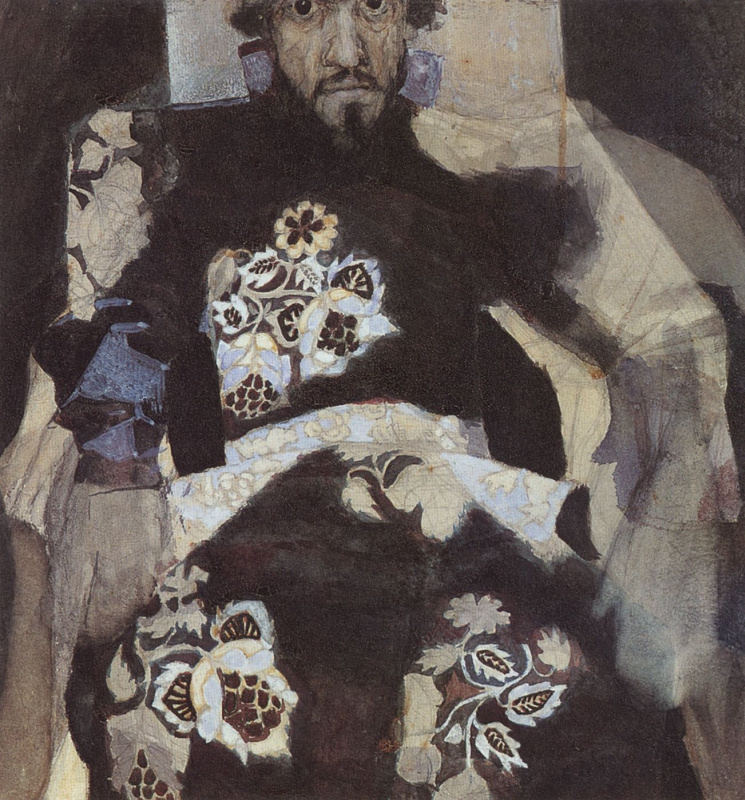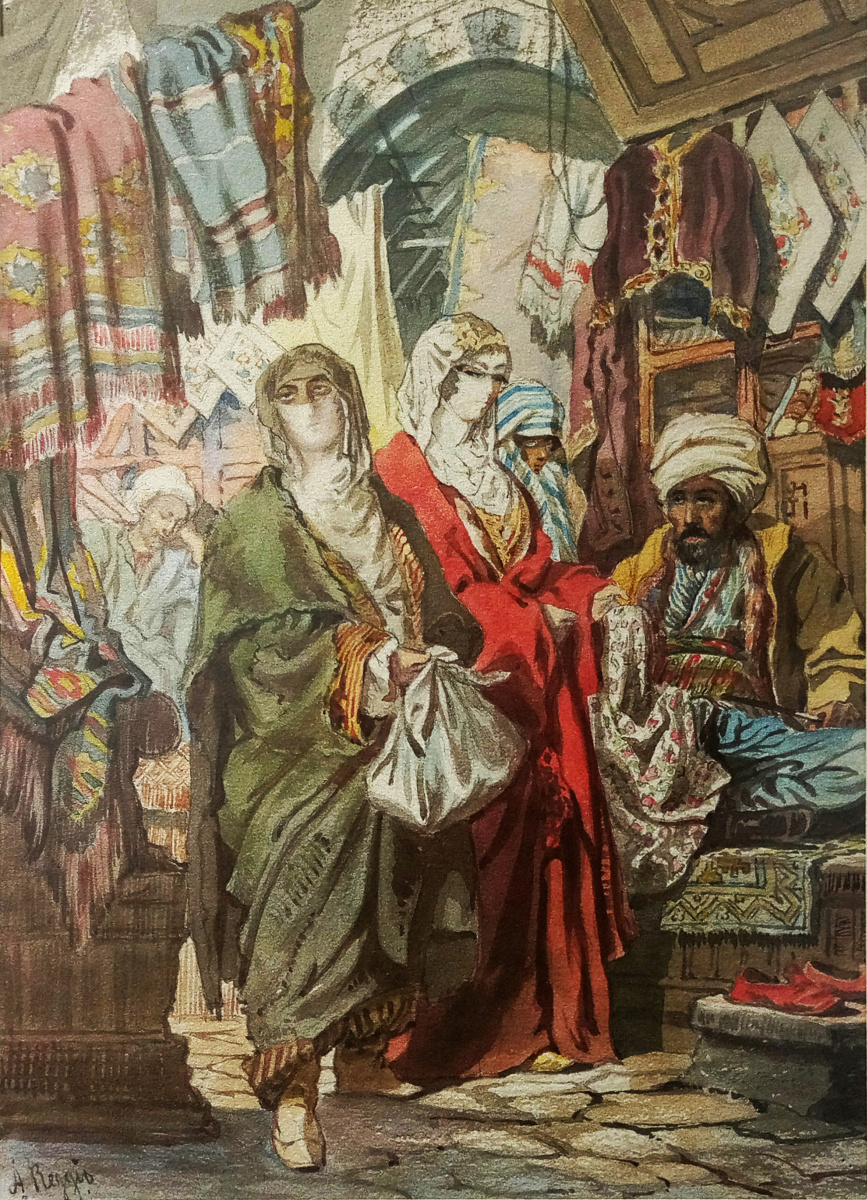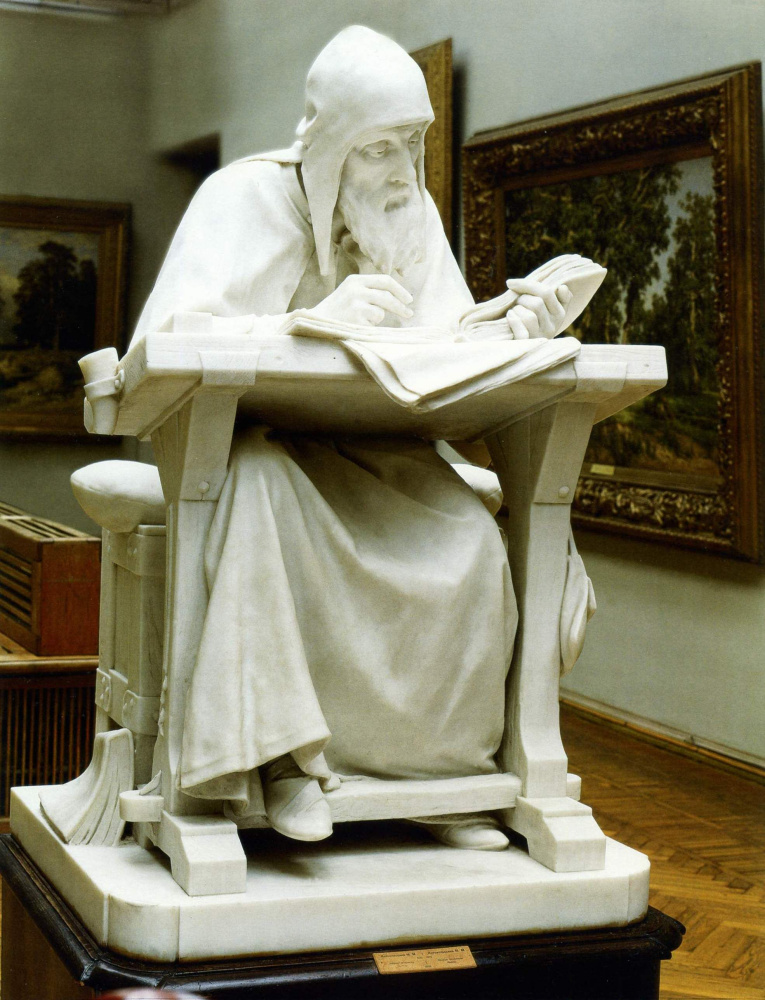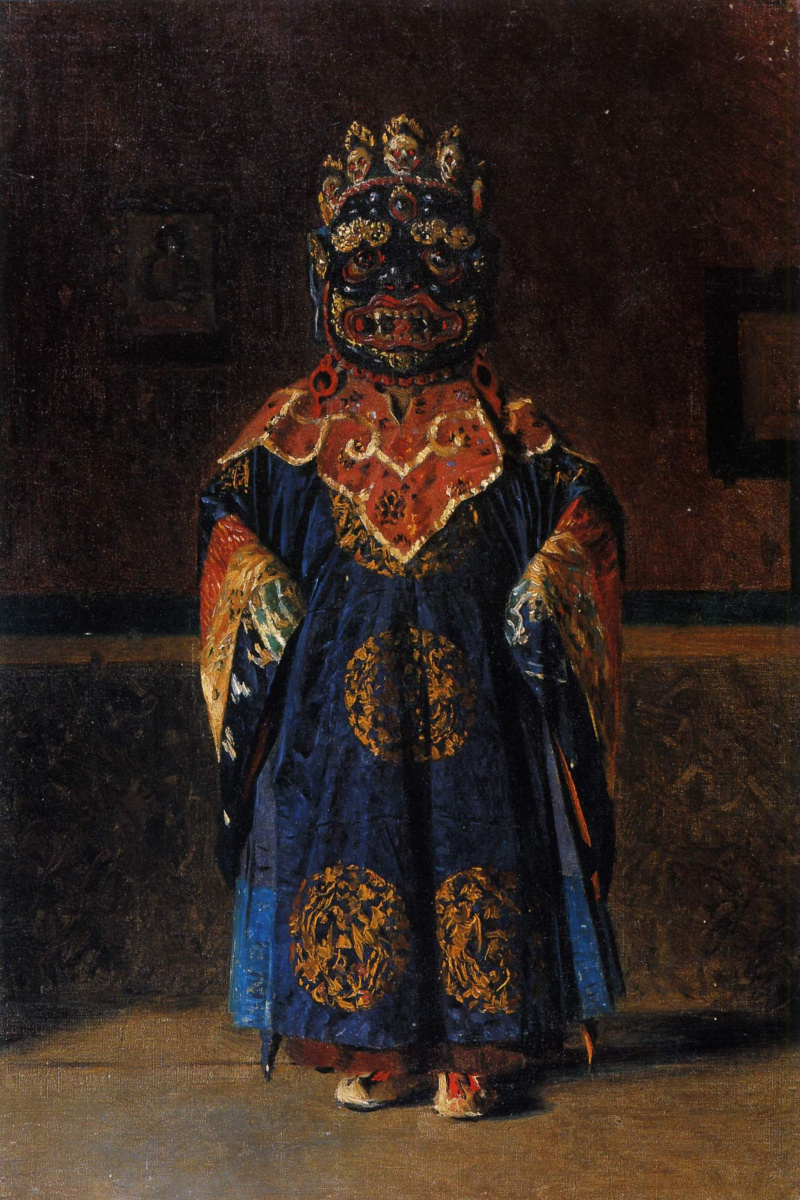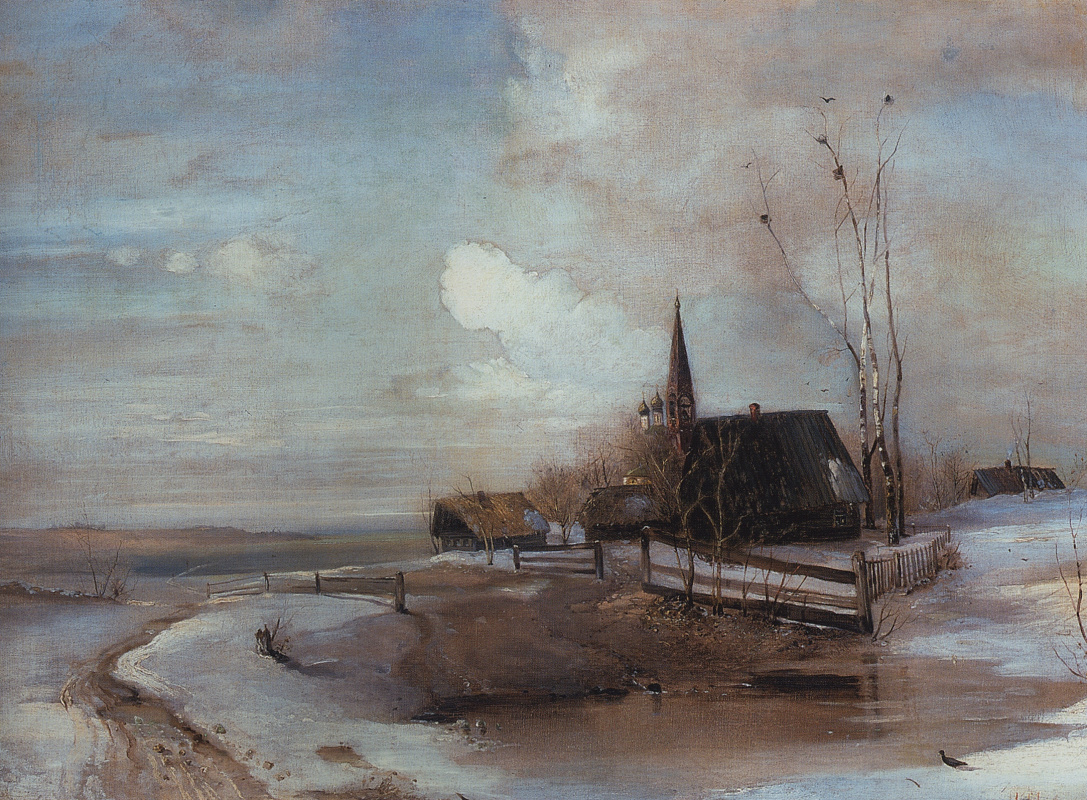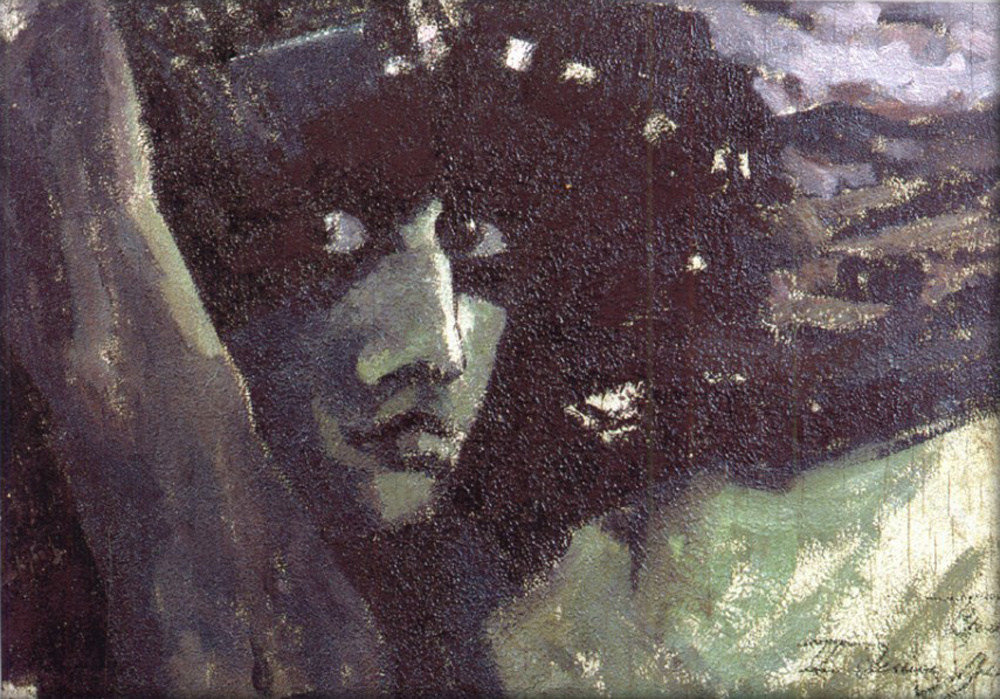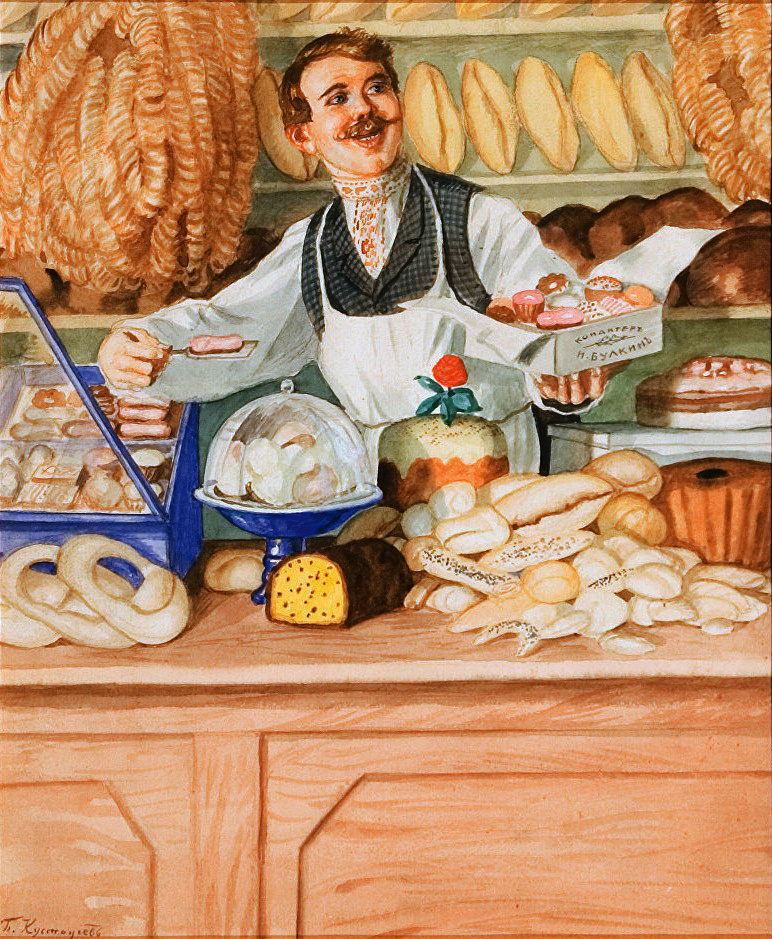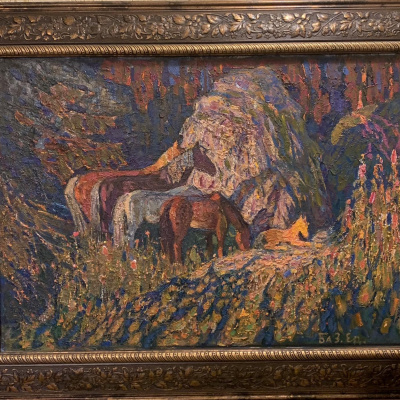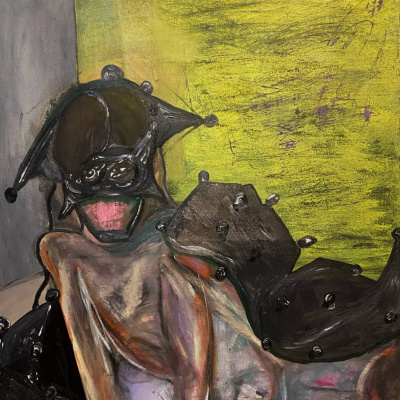If you are thinking: "Why shan’t we go to the museum with my child?", then you are the right person for us. Here we brought some tips on how to arrange such a trip better. At first glance it may seem: big deal, child! Big deal, in the museum! Way off the mark! Children will redraw and repaint any reality, including the museum one, into their own colours. Thus, the young "museum researchers" - the seven-year-old Sofia and the nine-year-old Kyrylo — present their own version of the gallery conquest. Their aunt, part-time author of Arthive, systematized the experience gained and compiled useful tips.
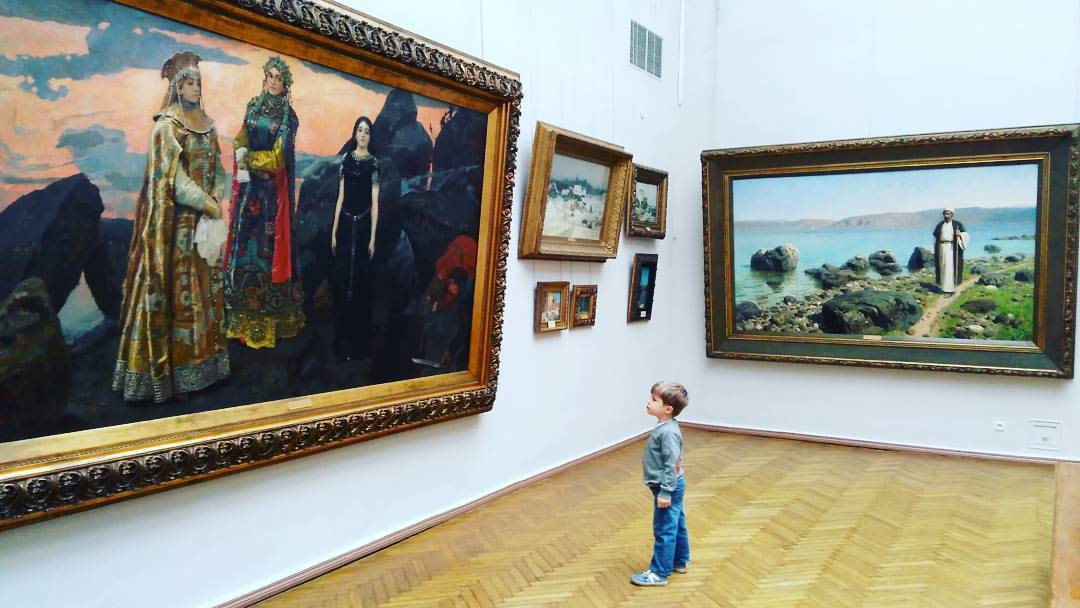
Physiology. The beginning
Children received their short instruction at the entrance: "You may not slide on the floor, even if it’s perfectly slippery: we’re not on the ice. Slowly we walk and look around. We ask questions in a whisper, if any. "The first question came at the moment.
"Is there a place where to pee?" asked Sofia.
"Yes. There is a toilet. Let’s start with it."
"But now I do not want to go to the toilet, but what if I want to?"
"I see. If art will be too much. However, we’d better got prepared in advance."
Tip #1: Free children’s bladder will allow you to move around the halls slowly and smoothly. Ignore this tip, if you plan to gallop among the masterpieces trying to complete the Find The Room quest.
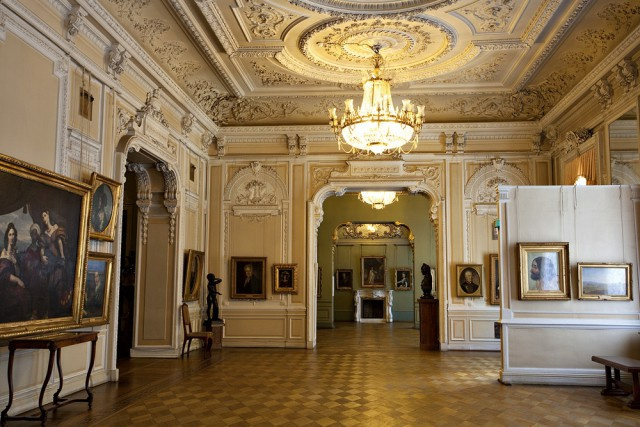
Interior of the National Museum "Kyiv Art Gallery"
The cat's out of the bag
We got prepared and entered the hall.
"Wow! Like in the palace!" little Sofia reported delightedly. "Kings used to live here, right?"
"No," I showed my knowledge. "This house used to belong to the Tereshchenkos family. They were very rich people. The founder of the dynasty was a merchant Artemy Tereshchenko. And his eldest son, Nikola, was a privy councillor in the Russian Empire . He began to collect the collection of paintings, some of which we are going to see."
"A privy councillor? Is it the one who consults in a whisper?" amazed Kyrylo.
"The privy councillor is an official, but very important. Something like a minister," I said, and I felt that I would soon have to take my smartphone and google the answers.
"Wow! Like in the palace!" little Sofia reported delightedly. "Kings used to live here, right?"
"No," I showed my knowledge. "This house used to belong to the Tereshchenkos family. They were very rich people. The founder of the dynasty was a merchant Artemy Tereshchenko. And his eldest son, Nikola, was a privy councillor in the Russian Empire . He began to collect the collection of paintings, some of which we are going to see."
"A privy councillor? Is it the one who consults in a whisper?" amazed Kyrylo.
"The privy councillor is an official, but very important. Something like a minister," I said, and I felt that I would soon have to take my smartphone and google the answers.
Photo of I.N. Tereshchenko in the design of V. Andreev from the album for the 10th anniversary of the Kyiv drawing school. 1885; N. A. Tereshchenko in the uniform of a privy councillor; M. Vrubel. Portrait of I.N. Tereshchenko. Photo sources: officiel-online.com, antikvar.ua
Tip #2: Get ready for the fact that the questions will not only be about pictures. Halftones and colours are surely beautiful, but your child is more concerned with the question: "Why does this lady have such a bunch of rags on her head?" than the play of light and shade.
The first hall with a collection of icons was of no interest for the children. I breathed a sigh of relief because I was not to translate the religious subtleties of icon painting into children’s language.
The kids liked the sculptures, and I had the opportunity to give valuable advice: "In order to appreciate the sculpture, it should always be viewed from different sides."
The kids liked the sculptures, and I had the opportunity to give valuable advice: "In order to appreciate the sculpture, it should always be viewed from different sides."
"Exactly!" Kyrylo picked up. "I remember when I was looking at the monument near the Dnieper. There were three heroes and a lady in the boat."
"Kyi, Shchek, Khoryv and their sister Lybid," I corrected him with an important look. "According to the chronicles, they founded Kyiv."
"Well yes. And that lady Lybid has her coat fluttering very strongly, and her braid is lying on her bottom, as if it were nailed. Why is that?"
"Because the sculptor, Vasyl Borodai, worked in the genre of social realism ," I explained, gathering my will so as not to burst out laughing. "It means that everything must be pathetic."
"What?"
"Solemnly. And thus, not necessarily fully realistic. Just imagine, if she had her braid sticking out of her head? That would be funny and not solemnly."
"Ah, well, yes," Kyrylo agreed and ran to another room.
"Kyi, Shchek, Khoryv and their sister Lybid," I corrected him with an important look. "According to the chronicles, they founded Kyiv."
"Well yes. And that lady Lybid has her coat fluttering very strongly, and her braid is lying on her bottom, as if it were nailed. Why is that?"
"Because the sculptor, Vasyl Borodai, worked in the genre of social realism ," I explained, gathering my will so as not to burst out laughing. "It means that everything must be pathetic."
"What?"
"Solemnly. And thus, not necessarily fully realistic. Just imagine, if she had her braid sticking out of her head? That would be funny and not solemnly."
"Ah, well, yes," Kyrylo agreed and ran to another room.
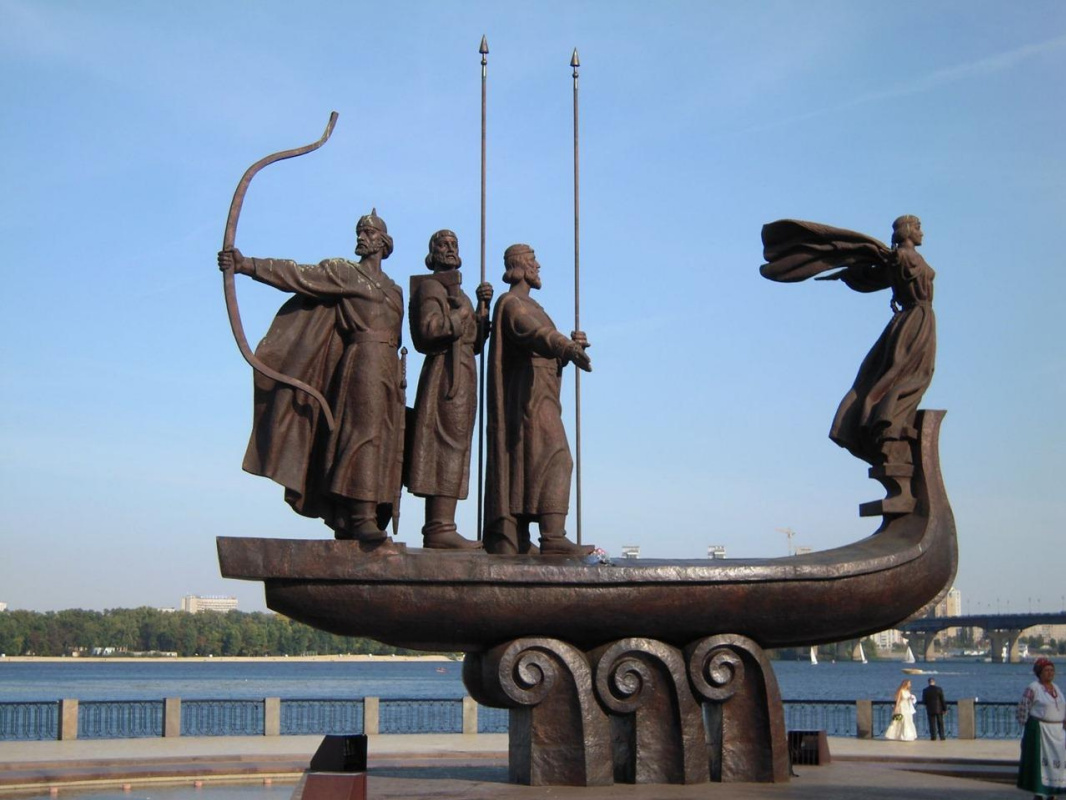
Vasyl Borodai. Monument to the founders of Kyiv
Tip #3. Try to hold back the laughter from the children’s comments. Sometimes, it is very difficult, but it is necessary to overcome ourselves, as we are cultured people and do not guffaw in museums.
Lama of the red sect, in full dress
1875, 39.3×26.6 cm
The arguments rule the dispute
In one of the halls, children were interested not so much in portraits, as in signatures."What does it mean — unknown artist?"
"It means that he was ashamed to admit that it was him to paint it!" Sofia entered suddenly. "If my picture is bad, I never sign it. And throw it away at all."
"Not exactly," I said. "This means that over time, people simply forgot who exactly painted the canvas."
"But he could sign it! Then no one would ever forge him!" Sofia did not like my answer.
"Well, some people did not sign their work, perhaps they were excessively modest."
"…Or because they considered their work bad!" Sofia insisted.

Unknown artist of the first third of the 19th century. Portrait of an unknown woman in a lace cap. Work from the museum storerooms. Image source: life.pravda.com.ua
…The concepts of authorship arose in my head, and I began to select words in order to explain at least one of them to the children. But they had already jumped to another room.
Tip #4. Prepare to get baffled with the child’s naive questions, though you’ll get a couple of hours to try to find a decent answer.
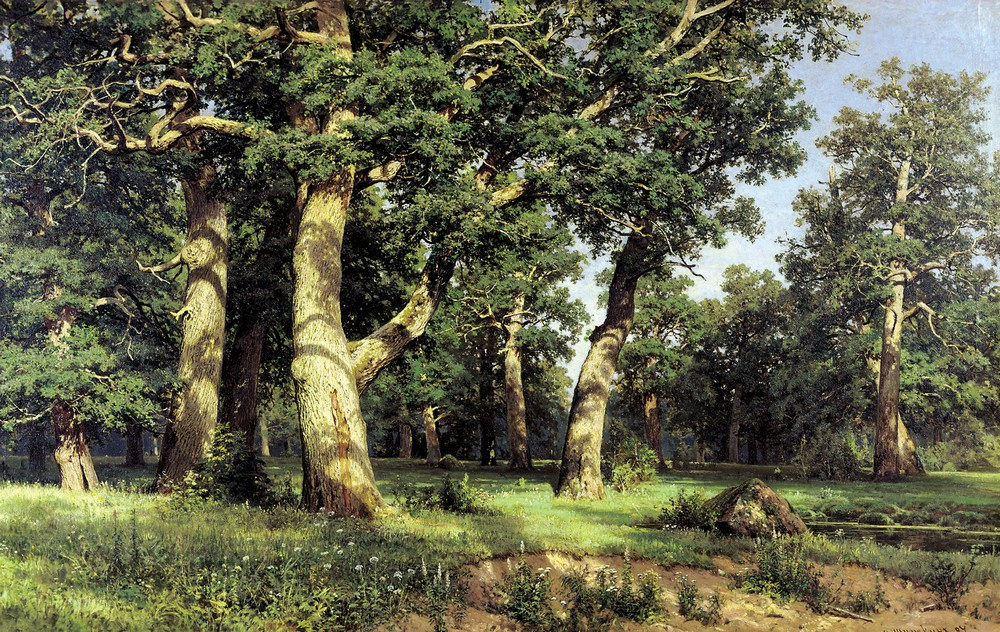
Ivan Shishkin. Oak Grove, 1887. Collection of the National Museum "Kyiv Art Gallery"
An artist or a photographer?
Sofia and Kyrylo stopped in front of the Shishkin's Oak Grove.
"What a beauty!" Sofia admired. "All of this is like a photo."
"He probably spent a lot of time on this picture," Kyrylo said. "And now, why draw such things? People have cameras. He surely would feel hurt today."
"No, it’s not always possible to take as beautiful photo as an artist can paint," Sophia retorted. You cannot take such a picture!" the girl pointed to Savrasov's Early Spring.
"Yes, Sofia, you are right", I supported her.
"What a beauty!" Sofia admired. "All of this is like a photo."
"He probably spent a lot of time on this picture," Kyrylo said. "And now, why draw such things? People have cameras. He surely would feel hurt today."
"No, it’s not always possible to take as beautiful photo as an artist can paint," Sophia retorted. You cannot take such a picture!" the girl pointed to Savrasov's Early Spring.
"Yes, Sofia, you are right", I supported her.
Early spring
1880-th
, 71×98 cm
Tip #5. This tip has nothing to do with contemporary art, but if you are going to watch the classics of landscape painting with your children, consider the answer to the question: "These people suffered so much because they didn’t have a Canon?"
Portrait of M. A. Skoropadska sons
1879, 238×166 cm
Keep track of time
We have not watched all the halls, for there are more than thirty of them in the gallery. When I saw that my children were not looking at the canvases but rather wanted to fool around, we left the museum.I noticed how long my "museum researchers" held out without getting tired and naughty — it took a little over an hour.
Tip #6. The child who gained much impression is able to arrange a catastrophe even after communication with the beautiful. So you shouldn’t force him to go through all the circles of the museum unless you want the latter to turn into the circles of hell.
Healthy and tasty art-crawl
If you think that leaving the gallery is the end of a museum adventure, then you go wrong. Indeed, one of the main goals of exploring the beautiful is to make the child want to return again and again. Therefore, an important point of going to the museum is to fix the impression with something delicious. This may seem overpragmatic, but a cake after walking through halls with canvases would leave a more favourable impression about the gallery and paintings than empty stomach and tired legs. Certainly, if the child is too small, then most likely he would remember the cake than the pictures. Nevertheless, our goal is not to make the kid talk about Munch’s expressionism after the first visit to the gallery?Tip #7. After your children met the beautiful let them also meet delicious. Then the day would be really happy for them, and further visits to the museum would not be perceived as a dismal duty and hard work.
Author: Olena Syroid
Cover illustration of the material: a young spectator in one of the halls of the National Museum "Kyiv Art Gallery". The source of the illustration on the Museum’s Facebook page.
Cover illustration of the material: a young spectator in one of the halls of the National Museum "Kyiv Art Gallery". The source of the illustration on the Museum’s Facebook page.






